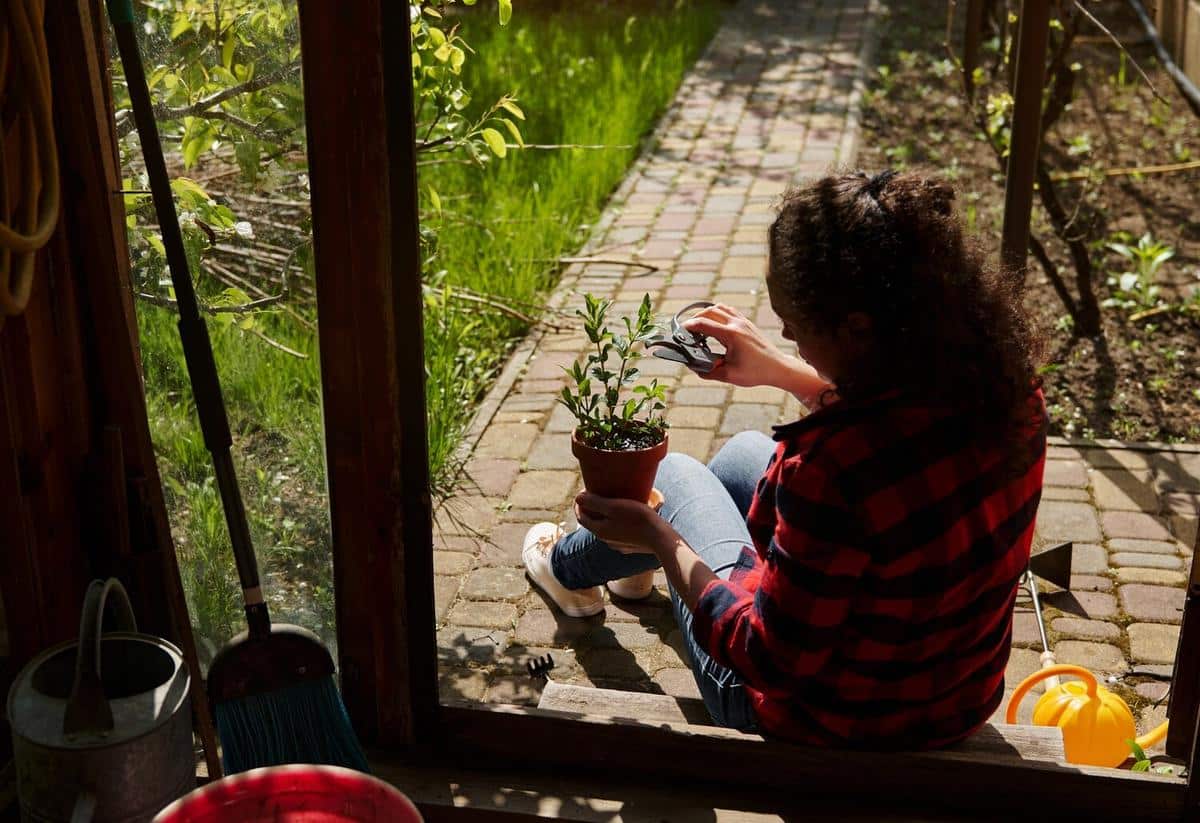
Gardening for Mental Clarity and Relaxation
Gardening has long been cherished not just as a way to beautify our surroundings, but as a potent tool for enhancing mental clarity and relaxation. By engaging with nature, individuals can find a serene escape from daily stresses, fostering a sense of peace and well-being.
Gardening offers numerous mental health benefits, a point often emphasized by experts in the field of psychology and horticulture therapy. According to Dr. Sue Stuart-Smith, author of ‘The Well-Gardened Mind’, gardening can be a powerful antidote to stress, depression, and anxiety. This sentiment is echoed through a study published by the American Horticultural Therapy Association, which highlights the positive impacts of gardening on mental health, noting improvements in mood and reductions in cortisol levels, the stress hormone.
The Science Behind Gardening and Mental Health
Research indicates that spending time in green spaces can significantly enhance cognitive function and mood. A study by the University of Exeter found that gardening can lower the risk of developing mental health issues by up to 29%. Additionally, exposure to sunlight while gardening increases serotonin levels, contributing to feelings of happiness and relaxation.
Personal Stories: A Garden’s Impact
Consider the story of Mark, a tech professional who turned to gardening during a particularly stressful period in his career. By dedicating time each day to tending his plants, Mark found a newfound sense of purpose and tranquility. ‘It was like meditation in motion,’ he shares. Such personal anecdotes underline the transformative power of gardening.
Actionable Tips for Beginners
- Start small: Begin with a few potted plants or a small garden bed.
- Choose easy-to-grow plants: Herbs like basil and mint are great for beginners.
- Schedule gardening time: Set aside specific times each week to focus on your garden.
- Research and learn: Utilize resources like gardening websites or local gardening clubs for advice and support.
Comparing Gardening Practices
| Type | Benefits | Considerations |
|---|---|---|
| Vegetable Gardening | Produces food, educational | Requires space and time |
| Flower Gardening | Visually pleasing, attracts pollinators | Seasonal maintenance needed |
| Herb Gardening | Low maintenance, culinary uses | Limited plant variety |
| Container Gardening | Space-efficient, versatile | Frequent watering required |
| Community Gardening | Social interaction, shared resources | Coordination with others |
| Vertical Gardening | Maximizes small spaces | Initial setup can be costly |
| Hydroponic Gardening | Soil-free, efficient water use | Technical knowledge required |
| Wildlife Gardening | Supports biodiversity, educational | May attract unwanted pests |
Additional Resources
For those interested in further exploring gardening for mental well-being, consider visiting the Royal Horticultural Society’s website, which offers a wealth of information and guidance. Additionally, local horticultural societies often provide workshops and community events.
FAQs
How much time should I spend gardening each week?
Even just 30 minutes a few times a week can yield noticeable mental health benefits.
What if I don’t have a garden space?
Container gardening is a great option for those with limited space, allowing you to grow plants on balconies or indoors.
Can children benefit from gardening too?
Yes, gardening can be a fun and educational activity for children, helping develop responsibility and patience.
Conclusion
Gardening is more than just a hobby; it’s a pathway to improved mental clarity and relaxation. By immersing yourself in the natural world, you can cultivate not only plants but also a more peaceful and focused state of mind. Start small, be patient, and enjoy the journey of growth, both in your garden and within yourself.


